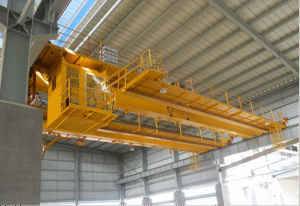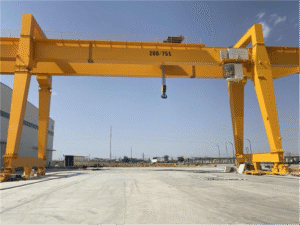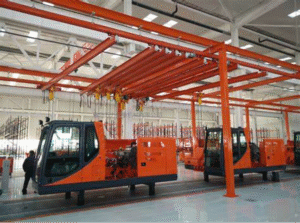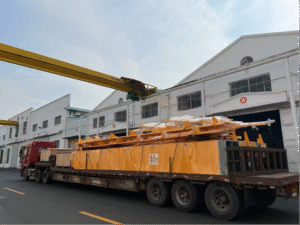Selecting the appropriate type of crane depends on the specific construction tasks and site conditions. Below is a breakdown of common use cases and recommended crane types:
1. Quick Operation Tasks (Material Handling, Rapid Deployment)
- Recommended: Hydraulic truck-mounted cranes with telescopic booms and outriggers.
- Ideal for: Tasks requiring the boom to extend into windows or confined openings.
2. Heavy Lifting, High Elevation, or Wide Radius Work
- Use crawler cranes when operating on soft ground or uneven terrain, due to their excellent ground adaptability.
- Use rubber-tyred (mobile) cranes when ground damage must be avoided or in urban areas with paved surfaces.
3. Lifting While Traveling (Only When Necessary and Permitted by Manufacturer Guidelines)
- Crawler cranes offer better stability when traveling under load.
- Wheeled cranes provide superior mobility but may have lower lifting stability.
4. Specialized or Short-Distance Lifting Tasks
- Truck-mounted loader cranes (e.g., YD type) are ideal for combining lifting and transportation, replacing the need for two separate machines.
5. Multi-Functional and Efficient Equipment
- For sites needing both self-lifting and tower crane capability, opt for self-erecting tower cranes, which reduce total equipment quantity and improve efficiency.
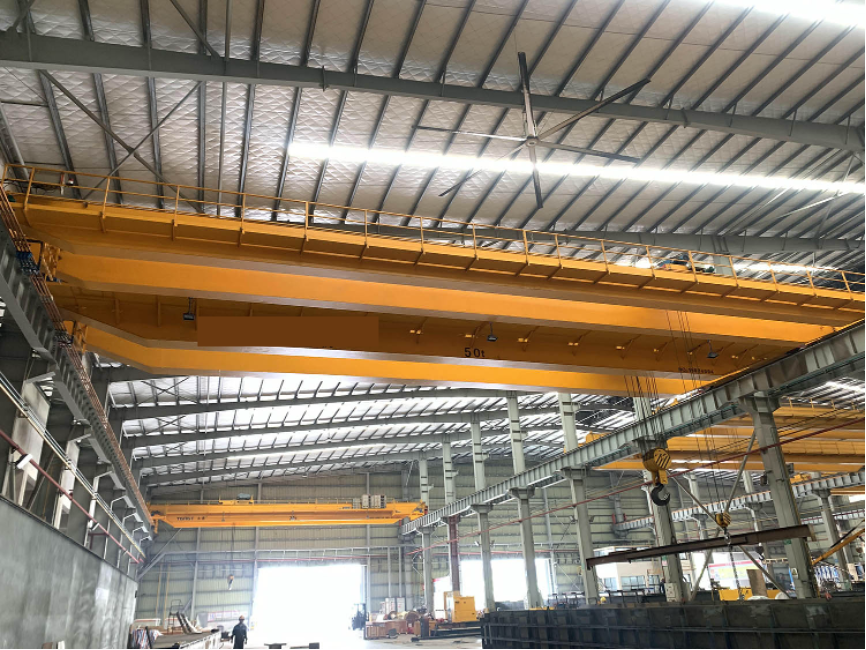
Crane Model Selection Criteria
1. Key Parameters to Match
A suitable crane must meet three main working parameters:
- Lifting Capacity (Q)
- Lifting Height (H)
- Working Radius (R)
2. Select Based on Technical Specifications
Choose a model from crane catalogs or technical data sheets that satisfies project requirements without excessive overcapacity.
3. Understand Load Limitations
- The nominal lifting capacity is valid only at the shortest boom and minimum radius.
- As the boom extends or the working radius increases, the rated capacity decreases accordingly.
- Without outriggers, mobile cranes can typically lift only 25% or less of their rated capacity.
- When traveling with a load on flat, hard surfaces, the lifting capacity should not exceed 75% of the no-outrigger rating.
4. Dual-Crane Operations
If a single crane cannot meet lifting needs, two cranes may be used together. However, the total weight of the load must not exceed 80% of their combined rated capacities for safety.
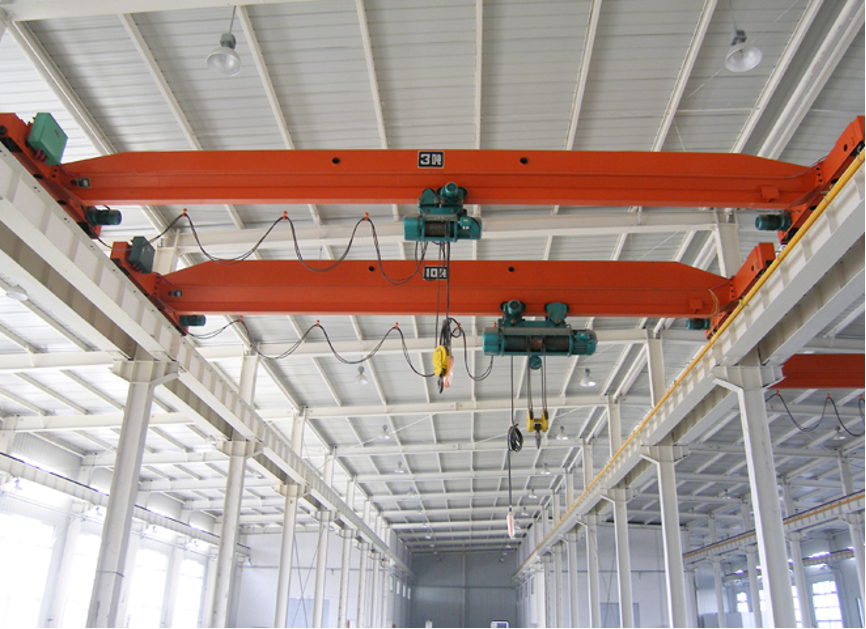
Economic Performance Evaluation
To ensure cost-effectiveness when selecting a mobile crane, consider:
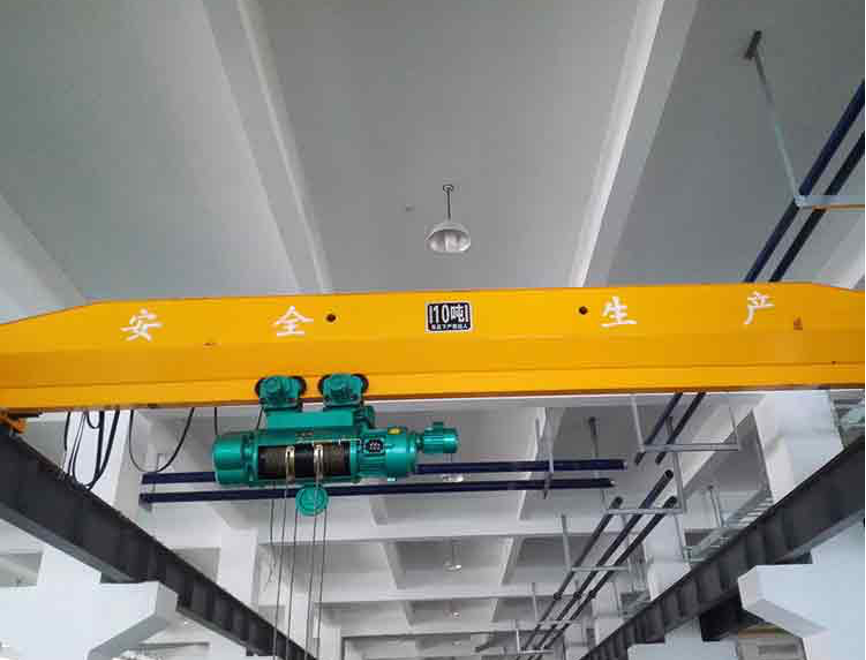
- Operating Cost per Ton: Divide hourly cost (or rental rate) by the hourly lifting productivity.
- Energy Efficiency and Versatility: Favor cranes that reduce labor intensity and support multiple functions (lifting + transporting + positioning).
- Overall Value: Choose models that provide the best long-term benefit, balancing performance, safety, and cost.
Comprehensive Crane Selection Process
- Assess Project Needs: Span, height, component weight, and total lifting volume.
- Evaluate Site Conditions: Terrain, space constraints, and accessibility.
- Check Existing Equipment: Consider what’s available locally or within your company.
- Preselect Crane Type: Crawler, truck-mounted, tower, etc.
- Determine Model Specifications: Match lifting height (H), capacity (Q), and radius (R).
- Verify Performance Curve: Review lifting charts to confirm rated capacity at required boom length and radius.
- Consider Multi-Crane Use: For large components, calculate dual-lift feasibility and safety.
- Analyze Cost-Benefit: Compare options using operational cost per unit lifted and projected efficiency.

